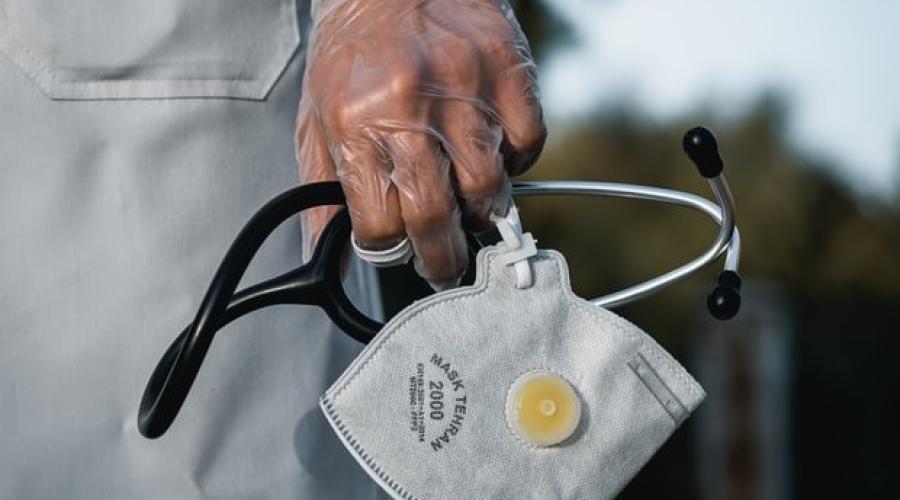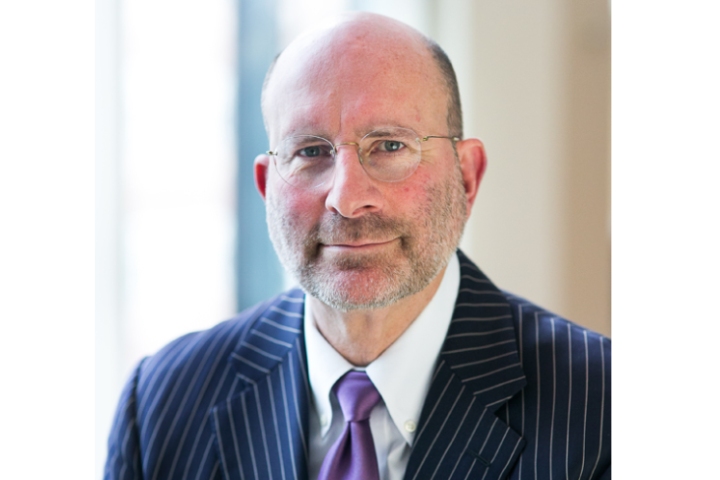
Scheinman Institute Facilitating Pandemic Gear Supply Chain Improvements
A 2024 ILR Scheinman Institute contract with Technologies for Pandemic Defense will bring labor to the table to facilitate discussions with government, industry and manufacturers of personal protective equipment to support the design and purchase of new respirators and related equipment.
Under the new contract, ILR will develop a consensus statement with at least three major unions on the need for PPE innovation and develop a coalition of at least five major unions and hospitals to advocate for specific policy changes.
The coalition will develop and advocate for strategies to bolster PPE quality, availability and usage through regulation, legislation and other mandates. To generate the statement, ILR will facilitate an in-person meeting with labor unions to discuss the need for improving PPE products.
“The Scheinman Institute is known for sharing its expertise with domestic and international organizations in industries including health care by helping them identify and address specific challenges, and giving them the tools to navigate the workplace,” said Scheinman Director Harry Katz, ILR’s Jack Sheinkman Professor of Collective Bargaining.
“In light of the risk of future PPE shortages, it is the right time to build a consensus between the frontline workers, their unions and hospital leaders to develop forward-looking principles for what ‘next-generation’ respirators should look like. By presenting a unified vision of a more robust respiratory protection supply chain, health care labor and management can help steer these federal respirator innovation efforts toward products that will better protect workers from pandemics while reducing the preparedness burden on hospitals.”
Without an innovative, robust, and sustainable supply chain of effective PPE, front-line workers' lives will be at risk, said John August, director of the Scheinman Institute’s Healthcare and Partners Program. In a 2022 Scheinman Institute blog post, he challenged the effectiveness of disposable N95s worn by health care workers.
Six months later, August was contacted by Technologies for Pandemic Defense. Members of the organization had read his post. The company was interested in a partnership with the Scheinman Institute for developing effective respirators and ensuring the purchase of them.
ILR and Scheinman Institute labor and industry relationships, August said, help bring major labor unions together to work with the government to create improved worker protections through public policy creating a domestic supply chain of enhanced PPE.
The Make PPE America Act of 2021 supports the development of a U.S.-based manufacturing supply chain. However, in order for this to occur, there needs to be a guarantee that the PPE items will be purchased on a mass scale, and the Scheinman contract will help facilitate that, August said.
The U.S. PPE supply chain is underprepared for a future pandemic, August said. After the pandemic, as respirator shortages eased, the interest in respiratory protections from hospitals, purchasing organizations and the government declined. However, some experts warn that there is a 25 percent chance of a catastrophic pandemic in the next five years.
While many organizations have invested in manufacturing capacity and stockpiles for disposable N95s, new respirators could take weeks to produce and disposable N95s may not provide adequate support, August said. Since respirators provide the strongest protection against airborne pathogens, they are central to creating an improved supply chain.
PPE such as gowns, gloves, face masks and goggles also need innovation and updating in design and quality, he said. For example, more than 90% of health care workers are women, but gowns have historically been designed for men. While respirators provide the most effective protection against airborne pathogens, a domestic supply chain of other essential PPE such as masks are also needed and are among the issues being discussed, August said.
As someone who spent decades as a union leader supporting the labor movement, August credits workers for workplace health and safety progress. “Workers’ voices and their organizations are what have driven the occupational health and safety this country has. No one else has done that other than workers and their unions, so this is part of that, it is an extension of that work.”



